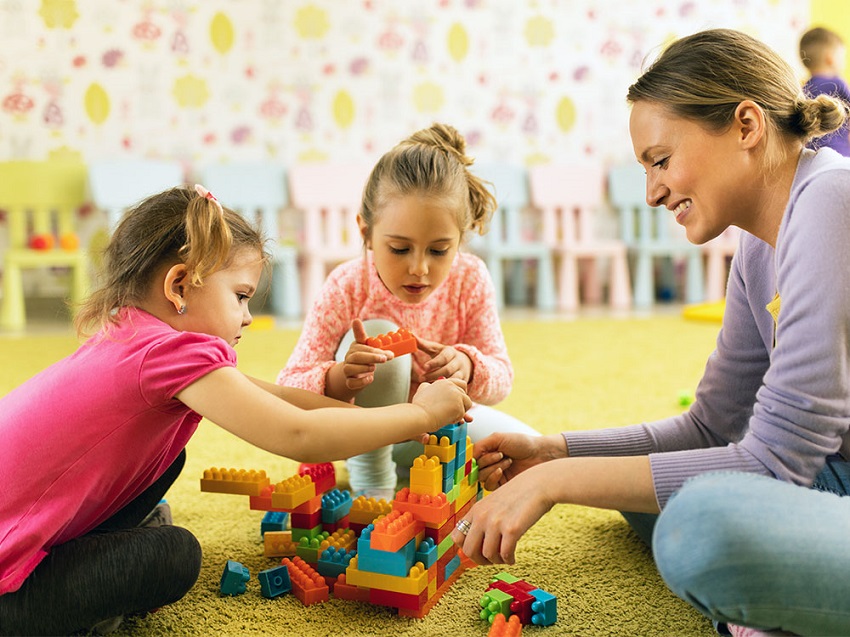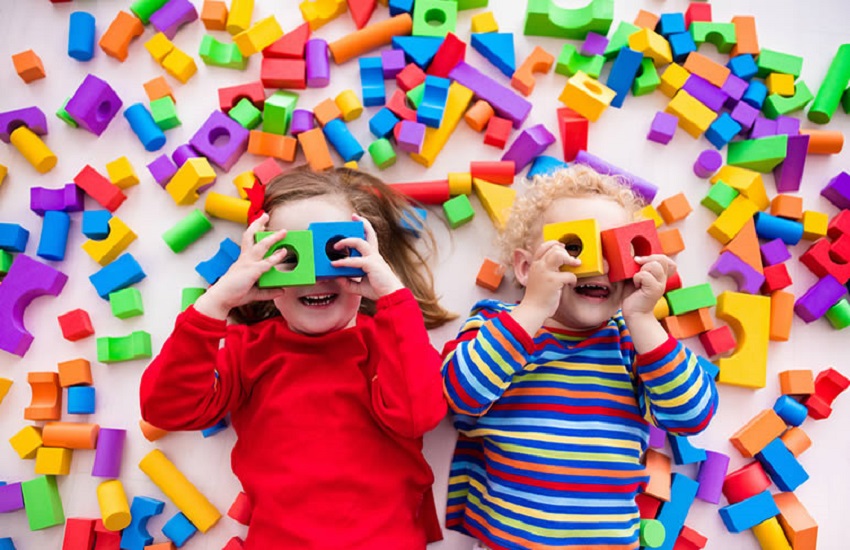As parents, caregivers, or educators, we often witness young children engaging in play. Play is a fundamental aspect of a preschooler’s life, and it plays a crucial role in their overall development. But what exactly is play for a preschooler? How does it impact their growth and learning? In this article, we’ll explore the significance of play in a child’s life, the different types of play, and the benefits it offers to young children’s physical, cognitive, social, and emotional development. This content is brought to you by Hopehomeschoolconsulting.com.
The Definition of Play
Play, in the context of games for preschoolers, can be defined as any spontaneous, voluntary, and enjoyable activity that children engage in for pleasure, exploration, learning, and social interaction. It is an essential aspect of their daily routine, and through play, children discover the world around them, develop various skills, and build meaningful relationships with others.
The Importance of Play in Early Childhood
Play is not just a means of keeping children entertained; it is a crucial part of their early development. It serves as a foundation for future learning and helps children make sense of the world. Here are some key reasons why play is vital for preschoolers:
Cognitive Development
During play, preschoolers engage in imaginative and creative activities that promote their cognitive abilities. Play stimulates their curiosity, problem-solving skills, and critical thinking. Through pretend play, they can act out different scenarios, allowing them to understand cause and effect relationships.
Physical Development
Play involves physical movement and activity, which is essential for a child’s motor skill development. Whether they are running, jumping, or climbing, these activities contribute to the growth of their muscles and coordination.
Social Development
Play provides preschoolers with opportunities to interact with their peers, siblings, and caregivers. It helps them develop essential social skills like sharing, cooperation, empathy, and communication. Through play, children also learn how to negotiate and resolve conflicts, laying the foundation for healthy relationships in the future.
Emotional Development
In the realm of play, children can express their emotions freely and in a safe environment. They learn to cope with different feelings and experiences, building emotional resilience and self-awareness.
Types of Play
Preschoolers engage in various types of play, each contributing uniquely to their development. Here are some common types of play:
1. Active Play
Active play involves physical movement and exercise. It includes activities like running, jumping, playing tag, and participating in sports. Active play is crucial for promoting a healthy lifestyle and developing motor skills.
2. Pretend Play
Pretend play, also known as imaginative play, involves children pretending to be someone else or engaging in make-believe scenarios. Whether they become superheroes, doctors, or chefs, pretend play fosters creativity, problem-solving, and language skills.
3. Constructive Play
Constructive play involves using toys and materials to build and create. Whether it’s stacking blocks, assembling puzzles, or playing with building sets, this type of play enhances spatial awareness and fine motor skills.
4. Social Play
Social play centers around interactions with others. It can include cooperative play, where children work together to achieve a common goal, or interactive play, where they engage in conversations and imaginative games with their peers.
Incorporating Play into Daily Life
Now that we understand the importance of play for preschoolers, let’s explore how parents and caregivers can incorporate play into a child’s daily life:
1. Provide Time and Space
Ensure that your child has dedicated time and a safe space to engage in play. This could be a playroom, backyard, or a local park where they can explore and play freely.
2. Choose Age-Appropriate Toys
Select toys and materials that are suitable for your child’s age and developmental stage. These toys will capture their interest and challenge them appropriately.
3. Participate in Play
Engage in play with your child to strengthen your bond and demonstrate the value of play. Take part in their imaginative games or join them in building activities.
4. Encourage Unstructured Play
While structured activities have their place, allow your child to have unstructured playtime, where they can use their imagination and creativity without specific guidelines.
Conclusion
Play is a cornerstone of a preschooler’s life, offering them a wealth of learning experiences and opportunities for growth. From cognitive development to social interactions and emotional well-being, play influences various aspects of a child’s development. As parents and caregivers, supporting and encouraging play can have a lasting positive impact on a child’s future.
FAQs
- Is play only for entertainment?
No, play is much more than entertainment. It is a critical aspect of a preschooler’s development, fostering cognitive, physical, social, and emotional growth.
- How can I encourage my child to play independently?
You can encourage independent play by providing open-ended toys, creating a stimulating environment, and allowing your child to explore freely.
- What role does creativity play in pretend play?
Creativity is at the heart of pretend play. Children use their imaginations to create scenarios, solve problems, and explore various roles and situations.
- How does play contribute to language development?
Play provides opportunities for language development through conversations, storytelling, and role-playing, helping children build vocabulary and communication skills.
- Can digital games replace traditional play?
While digital games have their benefits, they cannot fully replace traditional play, which offers tangible experiences and physical interactions with the environment.





